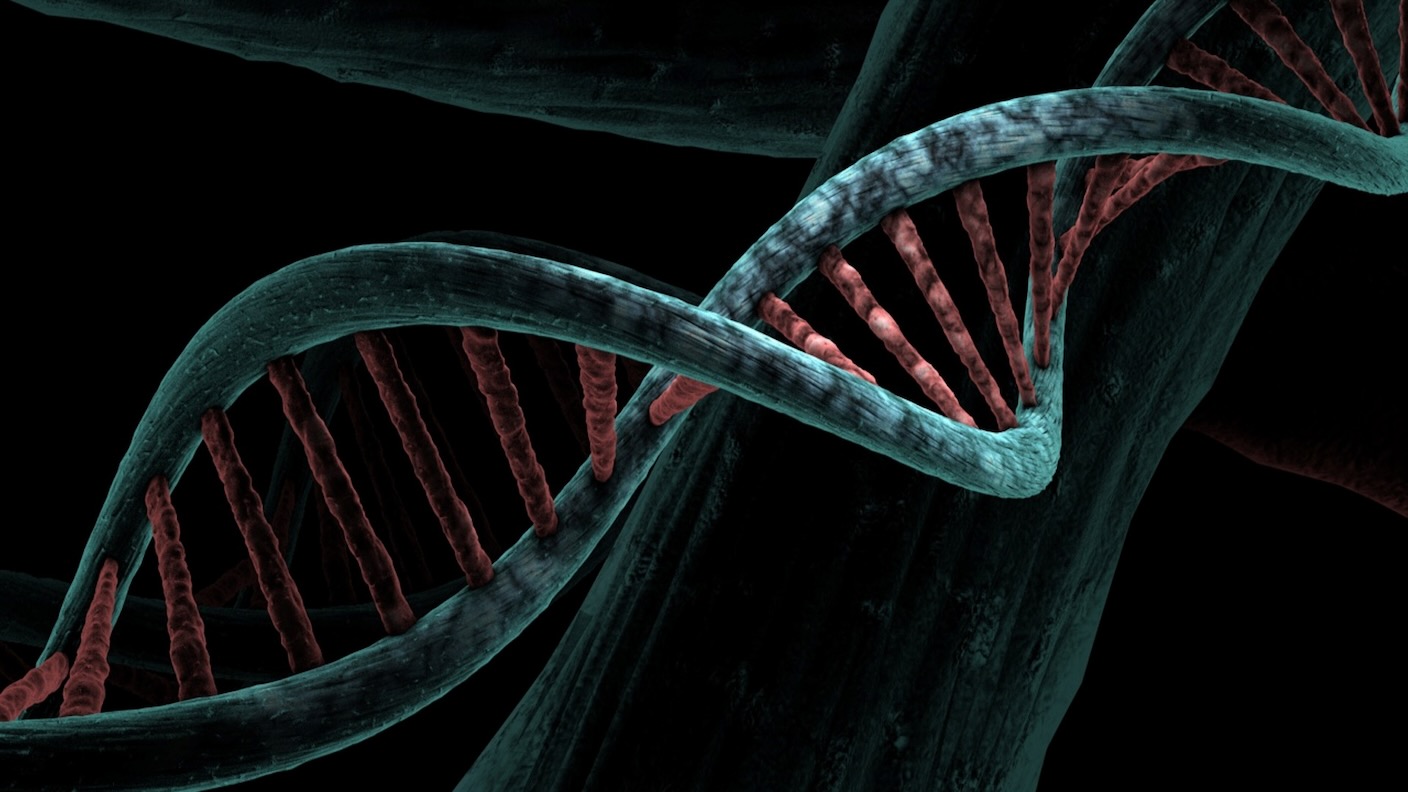Recent research has unveiled a groundbreaking discovery regarding the human genome, specifically focusing on the vast regions previously deemed "dark matter." These segments, which were once viewed as evolutionary noise, have revealed the potential existence of thousands of new genes, with implications that reach far beyond mere academic interest.
Uncovering the Dark Matter of the Genome
In a study released on December 9, 2024, a global consortium dedicated to gene discovery has revealed that many tiny DNA snippets within these non-coding regions can indeed produce miniproteins. This development could open new avenues for treatment modalities, including vaccines and immunotherapies tailored for aggressive brain cancers. The preprint findings emphasize that our understanding of genetics is still evolving, especially since the completion of the Human Genome Project at the turn of the millennium.
The Genome as a Book
To comprehend these intriguing findings, it's essential to understand the structure of the genome. The human genome can be likened to a book lacking punctuation, with genetic sequences representing "words," or genes, that govern the synthesis of proteins. These genes are broken down into codons, which are sequences of three nucleotides that correspond to specific amino acids. The process through which genes are expressed involves:
- Transcription: The gene gets transcribed into messenger RNA (mRNA).
- Translation: The mRNA is translated into proteins within the ribosome, the cell's protein-making machinery.
Table 1: Key Steps in Gene Expression
| Step | Description |
|---|---|
| Transcription | The conversion of DNA into mRNA. |
| Translation | The process of synthesizing proteins from mRNA. |
For many years, focus shifted primarily towards identifying genes that code for proteins, sidelining the vast non-coding regions that make up over 98% of our DNA. Historically considered junk, these segments are gradually being recognized for their regulatory roles in gene expression and cellular function.
A New Perspective on Non-Coding DNA
Recent investigations have begun to illuminate the secrets hidden within non-coding areas. Research has shown that certain non-coding regions can produce what are known as non-canonical open reading frames (ncORFs), referred to as "maybe-genes." These could potentially contribute to proteins with significant physiological roles:
- Miniproteins: Identified as potentially active segments that could be involved in crucial cellular processes.
- Gene Regulation: Non-coding RNA may modulate when and how genes are expressed.
Table 2: Characteristics of Miniproteins
| Feature | Description |
|---|---|
| Size | Usually consist of fewer than 100 amino acids. |
| Function | Possible roles in immune response and disease mechanisms. |
In a significant shift, a new consortium has emerged to systematically explore these potential genes that have thus far eluded discovery. By utilizing advanced sequencing technologies, the researchers have cataloged over 7,000 maybe-genes linked to a variety of cellular types, emphasizing their relevance across different disease states, including cancer.
Exploration Beyond Human Genetics
The implications of this research extend beyond just human genetics. The platform developed by the consortium allows for investigations into other organisms, potentially unveiling parallels that could inform our understanding of genetics across species. The initiative aims to make these findings available to scientists worldwide for further inquiry.
“A unique capacity of our multi-consortium collaboration is the ability to develop consensus on the key challenges that we feel need answers,” the team noted in their findings.
Future of Genetic Research
With strides being made in computational biology and artificial intelligence, the rate at which new genes and their functions can be identified is expected to accelerate significantly. As noted by study author Thomas Martinez, “50,000 is in the realm of possibility” when discussing the number of genes researchers might uncover moving forward.
To encapsulate, the exploration into the dark matter of our genome may redefine our understanding of genetic programming and open new therapeutic avenues in medicine. This ongoing research underscores that, despite substantial advances made, much remains to be discovered in the genetic blueprint of life.
References
Research findings and insights discussed in this article have been derived from the collaborative efforts of a global consortium focused on gene discovery and may be referenced through Lifespan.io.














Discussion